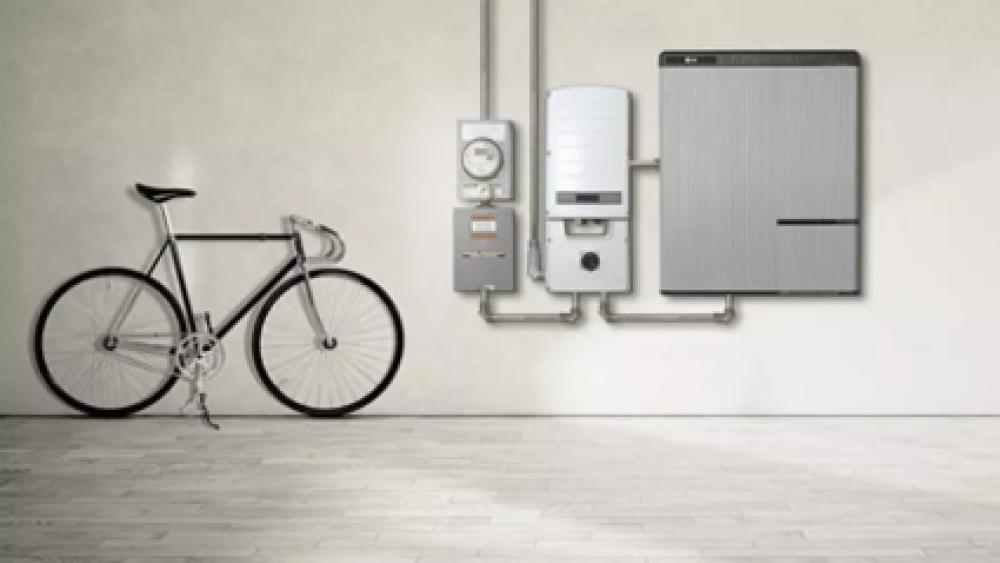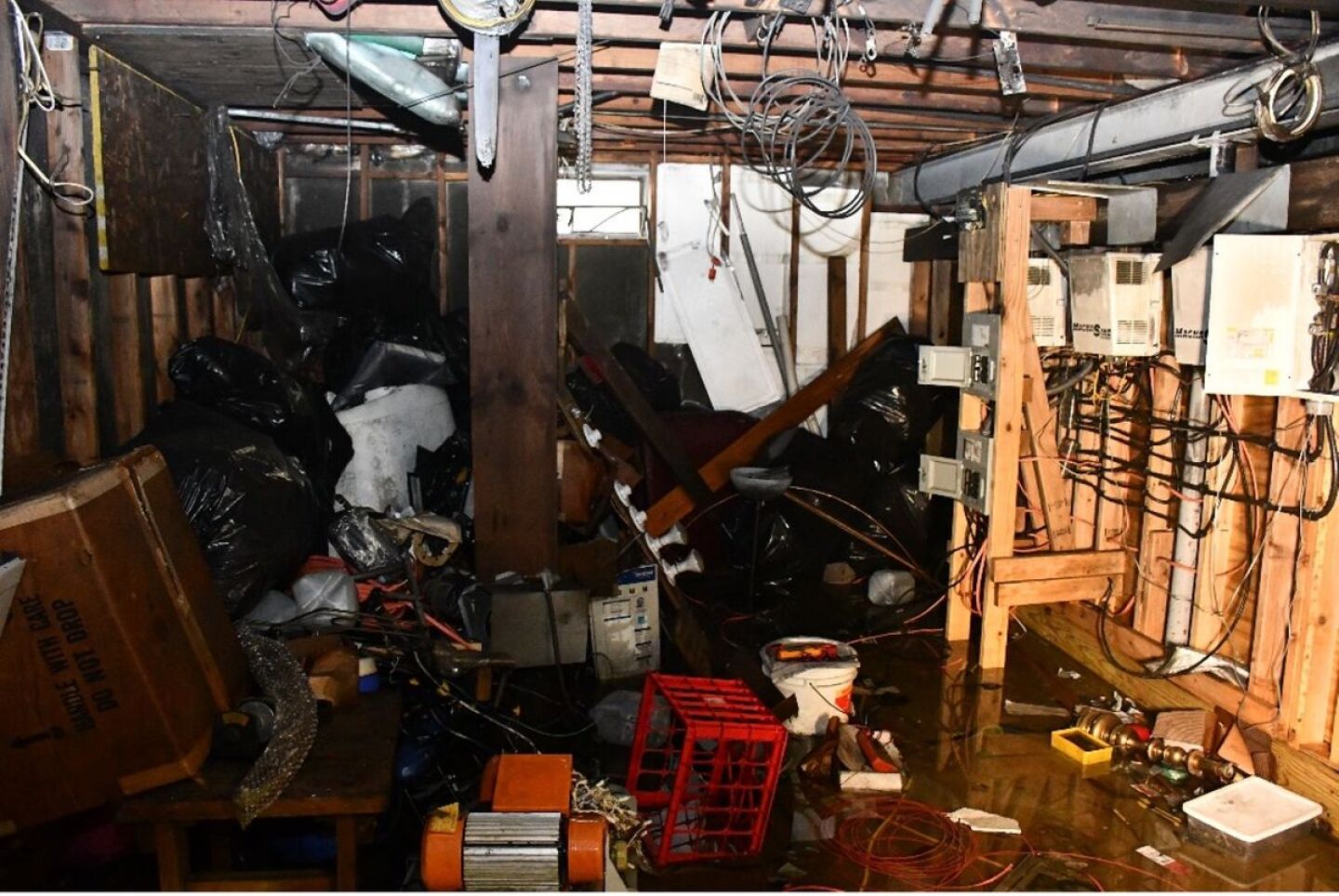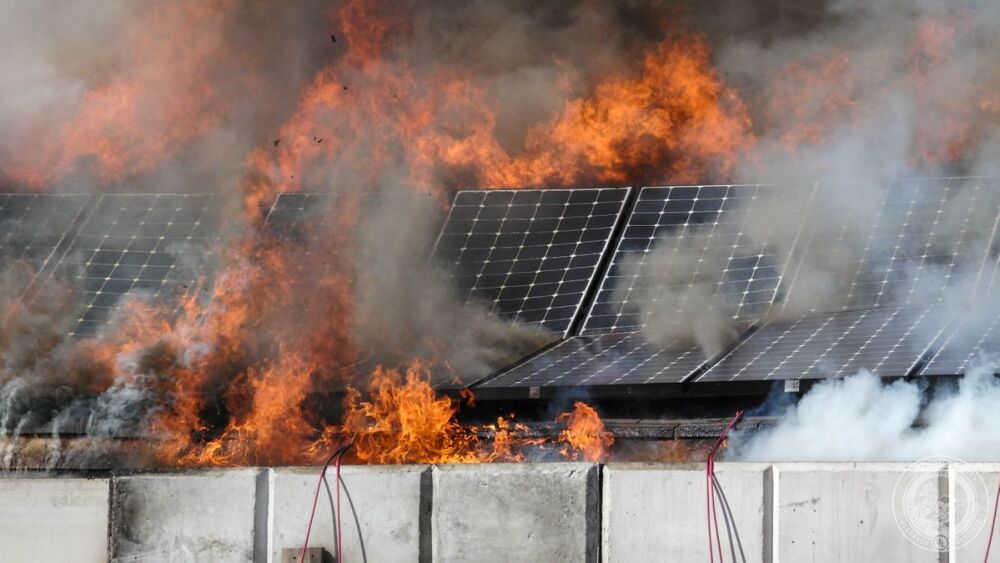Photovoltaic technology surrounds us every day. At my home, we have outdoor convenience items – a light illuminating the American flag in our front yard, decorative lighting in our gardens, and lights on an umbrella on the porch.
There’s no doubt that with the increasing emphasis on alternative energy sources, we will continue to see a greater use of photovoltaics, primarily solar panels, in our everyday life.
Most photovoltaic installations are done by trained electricians who follow the National Electric Code (NEC); however, two recent examples highlight the exception to this rule – and what can go wrong.
To be clear, I’m not criticizing do-it-yourself (DIY) efforts, especially those residents who take the time to get the proper permits and inspections to ensure the safety of their end product. I’m concerned with the people who don’t take the time to get an inspection or who believe that the knowledge of these integrated electrical systems that they gained via YouTube video is equivalent to the knowledge of a licensed electrician. Let’s consider two examples.
Fire attack 1: Solar for stargazing
We were dispatched to a structure fire in our western area where rolling hills lead down to the Great Miami River basin. Our residential fire response is four engines, two ladders, a medic unit, a battalion chief from our department, and another BC from the closest automatic-aid department. This address was atop a hill, and the fire involved a single-car detached frame garage about 20 feet from the residence. The first-due engine pulled two 1¾-inch hoselines between the home and garage, but the fire had already taken the garage and about 12 feet of wooden fence that separated the structure from the neighbor’s property.
Investigators learned that one of the residents was an avid astronomer, and the garage was used as his observatory. The location would have been ideal, as this area was far from any city lights or even streetlights that would affect the clarity of his celestial stargazing. He also indicated that he had lost a very expensive telescope in the fire.
Amid the debris, the investigation found a battery that may have been attached to a small solar panel. The resident indicated he used this to power a small space heater to keep himself and the telescope warm, as well as a series of red lights used to save his night vision. Following the investigation, the space heater was thought to be the most likely cause. It was also my introduction into the use of a solar panel for an ad hoc DIY purpose, such as providing lights and heat to an outbuilding.
Fire attack 2: Crews pulled from unsafe structure
The most recent and more serious example of DIY use of solar panels occurred in a neighboring community, the City of Forest Park, with which we have an automatic-aid agreement at dispatch.
We contributed an engine, ladder and a BC to the initial structural assignment. On arrival, the first-due Forest Park BC marked it a working basement fire with heavy smoke visible on the Charlie side of the structure. The Forest Park fire chief, Alfie Jones, recognized the address as one where they had a previous fire in an outbuilding that housed a generator, and remembered that the resident had been working on the installation of solar panels.
After completing his 360-degree assessment, the BC set up a transitional attack from the Bravo-side windows into basement. The ladder officer reported numerous solar panels on the residence and adjacent outbuilding in his roof report, and advised no one should go onto the roof.
The fire took several minutes to knock down, and no one was permitted to go into the basement until the smoke cleared. What could be seen through the Bravo side windows was a large number of individual wires running into what appeared to be a make-shift room approximately 6 x 8 feet on the Charlie side of the structure. At least one time, the fire flared up and had to be knocked down again.
Only after several additional minutes, a crew in full PPE and SCBA, protected with a hoseline, thermal imaging camera and gas monitor was allowed to do a reconnaissance. What they found in the room were over 40 large nickel cadmium (Ni Cd) storage batteries and wires hanging free or in chase pipes. A large breaker box on the Charlie side showed heavy damage, both internal and external.
The homeowner indicated that there were three switches on the Charlie side of the basement that would deactivate the system if they were turned off. However, that did not fully shut down the system, nor did it stop the solar panels from producing electricity. Shortly thereafter, a firefighter’s helmet came in contact with one of the hanging wires and a distinct spark was seen, causing the officer of the crew to order everyone out of the basement.
The crew also reported to the incident commander that several of the Ni Cd batteries were damaged and leaking. The homeowner indicated that he could shut down the entire system if he were given a chance to enter the residence, and while he was accompanied twice back in, he failed to alleviate the power problem. (See Photos 2, 3 and 4.)
The local electric energy company was called and indicated that they could not help, as the resident had taken his house off the regular energy grid. Fire companies remained on the scene for several hours, and the fire chief declared that if a fire reoccurred, it was to be a defensive only attack.
Eventually, the home was declared an “Unsafe Structure” and returned to the property owner.
The next day, the owner covered all of the solar panels with dark heavy plastic in an attempt to stem the flow of electricity out of those panels.
A subsequent electrical inspection of the home found 14 issues with the 2017 edition of the National Electric Code (NEC), including the lack of any inspection certificates for the photovoltaic system (solar panels) or the generator.
How to manage DIY solar install incidents
This incident begs the question, how many other installations fall into this uncertified DIY category? Further, what should you do if you suspect a fire in a non-certified building with solar panels?
First, familiarize yourself with how an approved/certified solar-powered home or business system should look, including the control boxes mounted on the outside of the business or in a residence, most likely in the garage. (See Photo 1.)
While the newest edition of the NEC requires a single “Rapid Shutdown Switch” to shut down the internal systems, older versions of the NEC allowed multiple shutoffs to be thrown to de-energize the house, but in all instances, the solar panels will continue to feed electricity to the inverter/converter under any external lighting conditions (e.g., sunshine, streetlights, even emergency lights on a department vehicle). The NEC also requires labeling of all the shutoff junctions, but again, even after switching them off, there are the solar panels that continue to produce electricity.
Currently, the NEC indicates that bundled or individual wires coming from solar panels must be red in color and may not be run farther than 36 inches from the edge of a solar panel. This means firefighters should not operate within three feet of any panel surface, especially attempting to open a roof.
The only way to de-energize solar panels is to cover them with a heavy dark tarp or plastic that will cut off any light source from hitting the photo-voltaic panel material. This would be difficult to say the least during a fire.
Additionally, always consider how these solar panels are fastened to the roof. If you choose to ventilate a roof, even on the opposite side of the panels, the act of cutting the roof might affect the existing structural integrity.
When operating a hose stream onto a roof with solar panels, firefighters should use a fog pattern stream, preferably with Class A foam or CAFS, and be standing at least 20 feet from the building to avoid the potential of an electrical shock.
If there are any doubts about a system, the best advice is to use a transitional or defensive attack. Don’t commit firefighters, especially into a basement, with any photovoltaic system that cannot be fully de-energized at least within the house or building.
Finally, both the UL and the NFPA have a series of interactive educational sessions that may help regarding training to spot the hazards that can be encountered even with a fully certified solar energy system.
Stay safe.
Watch next
On-Demand: Energy exposures: Simple steps for residential solar panel, ESS fire attack
Captain Richard Birt shares a bread-and-butter approach to mitigating residential structure fires involving solar panel and energy storage systems


















